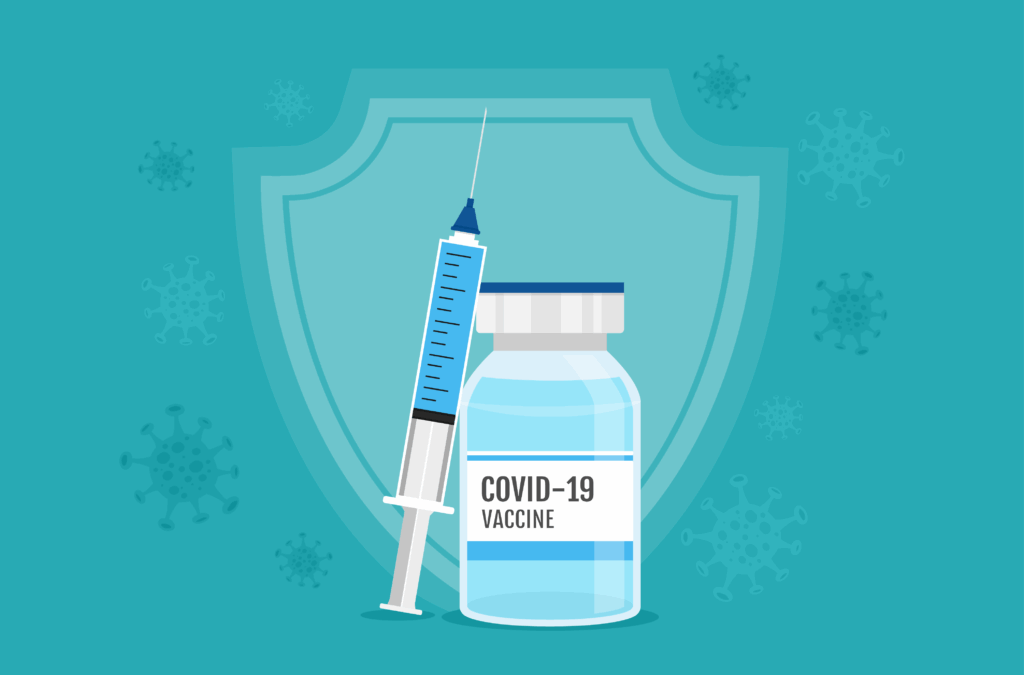
Going Direct: Primary Care, Subscription Style

Access Healthcare Direct is a national network of direct primary care (DPC) practices, a model in which patients or employers pay a monthly fee directly to their physician instead of paying for each service. Forrest discusses how employers may be able to reduce their annual healthcare spend through this kind of agreement and how brokers can implement these contracts in combination with wraparound products for their clients.
Most employers have to find wraparound coverage for catastrophic hospital care. For instance, we have an insurance company that works with us for bundled payments that includes their primary care, specialists and hospital care.
We are always adding on products. We are working with one now that will make it so that many of patients’ prescriptions are free. We have a PBM [pharmacy benefit manager] that has a list of 300 generic medicines, and their membership includes any of those. We have a contract with 1,600 brick-and-mortar pharmacies around the country. We have another that makes labs available for $9 per month and genetic testing for $15 per month.
DPCs also do a lot of care in-office that people might not normally receive at a primary care doctor. For a patient with thyroid disease, we take care of all their lab testing as part of their monthly fee. In areas where there are enough doctors, some direct primary care physicians are getting into multi-specialty groups. In Texas, there is a group of practices that have built private hospitals. For a $150 monthly fee, patients get all of their primary care, lab work, emergency room visits, hospital stays and generic medications. The problem is that Texas is the only place where there is enough critical mass to make that work.
With payment in fee-for-service, they want to see as many people as fast as they can. And the fastest thing they can do is a referral.
If someone wants to work on atrial fibrillation, a doctor is going to have to spend time with that patient. Ninety to 95% of all medical needs can be managed by a board-certified family physician.
North Carolina State University had three students get their MBA studying my practice. One of the things they found was a traditional practice offers face-to-face time of 20 minutes per year with their physician. In my practice, the average face time was 240 minutes a year.
If you are going to start someone on insulin, you can send in their prescription and say, “Good luck,” or you can take 20 to 30 minutes and show them how to give themselves shots and explain the dosing and how it works. We have outcomes data showing that diabetes patients do better, blood pressure is better controlled, and cholesterol is better controlled with direct primary care than with patients in a traditional model.
I like to equate direct primary care to a gym membership. When someone goes to the gym, they don’t pay an extra fee to walk on a treadmill or lift weights. In direct primary care, they pay a monthly fee and have an office visit with a doctor or get a cholesterol test, and it’s part of what we do.
There are things in the gym that cost more—like going to the smoothie bar—and they charge more for that. If a patient needs something done that’s really expensive, like hepatitis screening, which isn’t a test we normally do, then we can do it and are able to charge patients the wholesale cost for that, which is usually 80% less than what they would pay for it elsewhere.
What makes it work is, in fee-for-service, collections are not 100%. Primary care offices collect about 60% to 65% of what they charge, and their overhead is about 60% to 65%. So, for about every dollar charged, they are left with 28 cents per dollar in a traditional model.
In direct primary care, we make about 82 cents for every dollar collected, because our collections are about 99% and our overhead is dramatically lower. We typically only have one staff member per physician, where the average fee for service provider is going to have four or five full-time employees per doctor. There is no one who is employed for us who submits bills, because all of it is automated.
Generally, employers have a budget of $85 to $100 per member per month, and out of that, the broker is getting paid, administrative costs are getting paid, and then physicians, on average, get about $65 of that per month. The broker can get $5 to $10 per member per month, and processing is usually about $5 to $10 per member per month as well.
For a solo direct primary care physician with 1,000 patients who pay him $60 per month, that would be $60,000 a month, or $720,000 a year. When you subtract the costs for lab work and staff and rent and malpractice insurance, overhead is about $120,000. That leaves $600,000 per primary care doctor, and I sure can make it on that. In direct primary care, it takes about 200 patients to cover a practice’s fixed overhead. Any membership fees over that go directly toward revenue.
Yes, it works for small businesses like restaurants under 50 employees. Many small businesses can’t afford the whole package, and while their workers don’t expect a 401(k) plan, they can get good employees by offering primary care coverage. We work with Subway shops, which often pick up half of the fee; they pay $30 monthly and do a withdrawal from payroll for the other half.
Medium-sized businesses tend to want a wraparound plan. We work with a group that provides a cost-sharing plan that meets all the ACA requirements. Coupling that with a DPC is a good solution for those medium-sized organizations.
And larger companies that are self-funded, what they do is have a catastrophic plan and have a TPA [third party administrator] carve out their medical. They typically want pharmaceuticals and primary care.
From a broker standpoint, they have been really reluctant to work with us in the past, because they were concerned their commissions would be lower.
But we work with brokers that share in the revenue savings with employers. By directing employer clients to DPC models, it ends up being a better reimbursement model for employers, and the broker can receive part of that savings.
For brokers that want commissions, there is a marketplace where employers buy wraparound coverage. DPCs provide commissions for brokers on the wraparound and DPC part, and brokers come out ahead there as well.
The key point for brokers is that they don’t need to be financially threatened by this model. If they work with DPC groups, they are going to get taken care of. Reimbursement is just as good or better working with this model plus insurance as they would get in a traditional PPO. Plus, it’s a great area to specialize in. If a broker wants to make this their niche product, it will set them apart from others, and they can corner the market on this product in their area.




